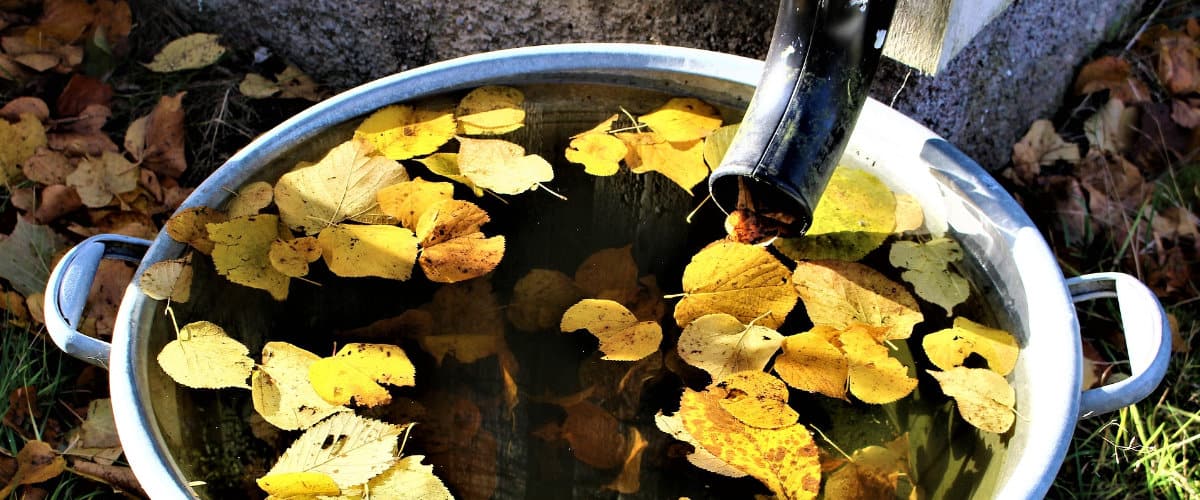Collecting rainwater is a great way to let nature supply you with clean fresh water. You don’t even need to go out and collect it. But like most things in the natural world, some caution is still needed before you go using it on food, crops, or bathing.
According to the CDC, rainwater can still be subjected to a variety of contaminants, such as germs, insects, and other bacterial concerns. One example they give is if bird poop from your roof gets run off into the gutters that lead to the water barrel. It can even just be particulates from your roofing material, breaking down and getting into the water.
That’s not the only risk, either. Depending on such factors as location, average rainfall, season and collection/storage methods. All sorts of issues can occur. Dust, smoke, and general air pollution can play a part, as well.
As such, the CDC also provided some advice as to how you can minimize the risk of illness.
You Don’t HAVE to Drink Rainwater
You can’t get sick from bacteria if you don’t consume any. They recommend lowering risk of illness by only using the water for gardens/plants, and for washing non-food related items.
But if You WANT to Drink it
If you do intend to use that water for consumption, then it should be treated first. There are three methods you can use to do this: Filtration, Chemical disinfection, and Boiling.
Filtration is when you run the water through various strains, nets, and materials like activated carbon, to remove germs and chemicals. These are most commonly seen in home drink pitchers (Brita and PUR are two common brands) as well as in fish tanks. You can even find attachments for your kitchen sink that will purify tap water. This method is generally effective, but getting new filtration medium can be tedious.
Chemical disinfection is when chlorine or iodine is used to kill germs within the water. You can find kits or pills online that are pre-measured for doing exactly this to bottles of water. The downside is that this method will not remove chemicals or other toxins, only germs. It can also be expensive, depending on how much water you intend to treat.
So how about boiling? By heating up the water to its evaporation point, you can effectively kill off any germs that may have been in the water. But like the chemical idea, this won’t remove chemicals.
The Answer: Distilling!
Distilling water, the act of using a still or distillery to boil the water into vapor, then letting that vapor condensate into a container, is a perfect way to remove both germs and imperfections.
When the water boils, it kills the germs. When it boils to the point of evaporating, that water vapor (steam) will leave the chemicals, minerals, and so on, behind. This is how you can make drinkable water from salt water, for example.
The potential catch here: heat. You need heat to distill water, just like you do for boiling in general. Depending on how much water you plan on distilling, this could take a lot of heat or a long time. One particularly affordable option is to use a fire pit. If you have a fireproof distillery that supports being used with fire, that can be an effective and “natural” method that’s more desirable than electricity. But we have a better idea: solar.
Solar Stills aren’t terribly common, but they’re tremendously handy. These devices use the power of the sun to evaporate their water for them. You fill the container, leave in the sun, and that’s it. Just fill it every day and let it be. If you’re particularly clever, you could even devise a way for it to automatically refill from your rain collector. The downside is how uncommon they are. Generally speaking, if you want one, you’re going to need to build it yourself.

